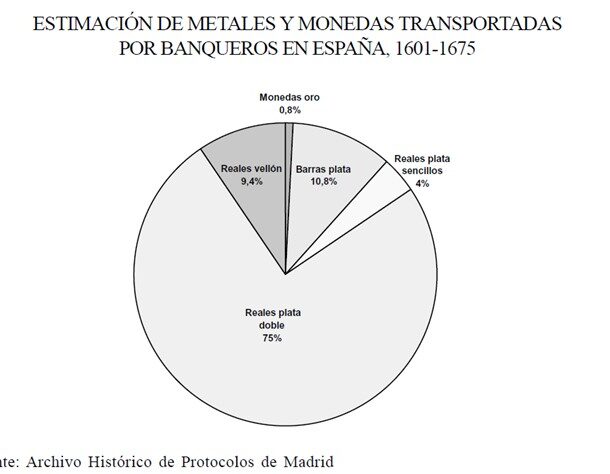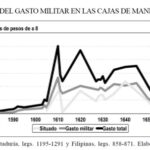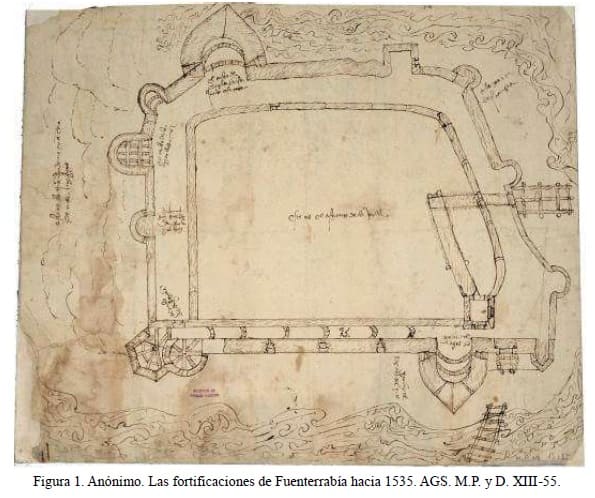
Spain’s introduction of America into the world system gave birth to the Spanish Empire through the conquest of numerous territories. Parts of Asia also came under the umbrella of the Empire. The Imperial articulation had its enemies at the international level. In the case of the Philippines, between 1600 and 1624, the Dutch Armada carried out nine operations aimed at fragmenting Spain. Important actions such as the bombardment of Iloilo, the siege of Manila in 1616 and the blockade of the city in 1621 and 1624 caused the local economy to suffer considerably. The evolution of military spending showed exponential growth during the first half of the 17th century, a time of increased Dutch pressure. The Philippines, a Spanish sovereign territory that was self-financed by the revenue collected from the Islands, was financially supported by the Empire in what is known as “situados”. A situado was, in the author’s words, the transfer executed from a surplus to a fiscal deficit in the imperial tax pool. Aid to the Philippines from the Mexican viceroyalty was used to finance defence and troop costs. Increased military spending led to the pacification of hostilities by protecting Spanish and Philippine interests in the West Indies.
Collection: Graphics
Project: 6. Under a cloak of terror: violence and armed conflict in Europe.
Chronology: XVI, XVII
Scope: Baccalaureate, University
Resource type: Graph
Format: Line chart
Source: Álvarez, L. A. (2005). "Don Quijote en el Pacífico: la construcción del proyecto español en Asia, 1591-1606", en Revista de Historia Económica, XXXIII, número extra, p. 269.
Language: Spanish
Date: 2005
Owner: Pablo Ballesta Fernández (Modernalia)
Copyright: ©Revista de Historia Económica ©Luis Alonso Álvarez
Abstract: The resource reflects the expense of Manila, a territory of the Spanish Empire, in the face of attacks by the Dutch Armada. Articulation of a system of economic aid in the Empire through the "situados"
Image
Tags







